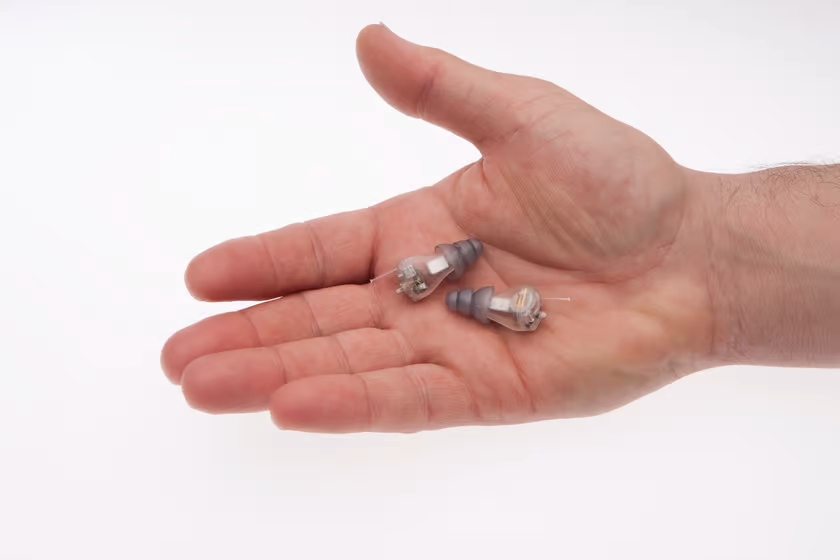The new technology “is changing all aspects of microbiology — it’s just transformative.”
It was Tuesday evening, June 7. A frightening outbreak of food-borne bacteria was killing dozens of people in Germany and sickening hundreds. And the five doctors having dinner at Da Marco Cucina e Vino, a restaurant in Houston, could not stop talking about it.
What would they do if something like that happened in Houston? Suppose a patient came in, dying of a rapidly progressing infection of unknown origin? How could they figure out the cause and prevent an epidemic? They talked for hours, finally agreeing on a strategy.
That night one of the doctors, James M. Musser, chairman of pathology and genomic medicine at the Methodist Hospital System, heard from a worried resident. A patient had just died from what looked like inhalation anthrax. What should she do?
“I said, ‘I know precisely what to do,’ ” Dr. Musser said. “ ‘We just spent three hours talking about it.’ ”
The questions were: Was it anthrax? If so, was it a genetically engineered bioterrorism strain, or a strain that normally lives in the soil? How dangerous was it?
And the answers, Dr. Musser realized, could come very quickly from newly available technology that would allow investigators to determine the entire genome sequence of the suspect micro-organism.
It is the start of a new age in microbiology, Dr. Musser and others say. And the sort of molecular epidemiology he and his colleagues wanted to do is only a small part of it. New methods of quickly sequencing entire microbial genomes are revolutionizing the field.
The first bacterial genome was sequenced in 1995 — a triumph at the time, requiring 13 months of work. Today researchers can sequence the DNA that constitutes a micro-organism’s genome in a few days or even, with the latest equipment, a day. (Analyzing it takes a bit longer, though.) They can simultaneously get sequences of all the microbes on a tooth or in saliva or in a sample of sewage. And the cost has dropped to about $1,000 per genome, from more than $1 million.
In a recent review, Dr. David A. Relman, a professor of medicine, microbiology and immunology at Stanford, wrote that researchers had published 1,554 complete bacterial genome sequences and were working on 4,800 more. They have sequences of 2,675 virus species, and within those species they have sequences for tens of thousands of strains — 40,000 strains of flu viruses, more than 300,000 strains of H.I.V., for example.
With rapid genome sequencing, “we are able to look at the master blueprint of a microbe,” Dr. Relman said in a telephone interview. It is “like being given the operating manual for your car after you have been trying to trouble-shoot a problem with it for some time.”
Dr. Matthew K. Waldor of Harvard Medical School said the new technology “is changing all aspects of microbiology — it’s just transformative.”
One group is starting to develop what it calls disease weather maps. The idea is to get swabs or samples from sewage treatment plants or places like subways or hospitals and quickly sequence the genomes of all the micro-organisms. That will tell them exactly what bacteria and viruses are present and how prevalent they are.
With those tools, investigators can create a kind of weather map of disease patterns. And they can take precautions against ones that are starting to emerge — flu or food-borne diseases or SARS, for example, or antibiotic-resistant strains of bacteria in a hospital.
Others are sequencing bacterial genomes to find where diseases originated. To study the Black Death, which swept Europe in the 14th century, researchers compared genomes of today’s bubonic plague bacteria, which are slightly different in different countries. Working backward, they were able to create a family tree that placed the microbe’s origin in China, 2,600 to 2,800 years ago.
Still others, including Dr. Relman, are examining the vast sea of micro-organisms that live peacefully on and in the human body. He finds, for example, that the bacteria in saliva are different from those on teeth and that the bacteria on one tooth are different from those on adjacent teeth. Those mouth bacteria, researchers say, hold clues to tooth decay and gum disease, two of the most common human infections.
Bookmark this page for “Microbe Hunters” and check back regularly as these articles update on a very frequent basis. The view is set to “news”. Try clicking on “video” and “2” for more articles.








